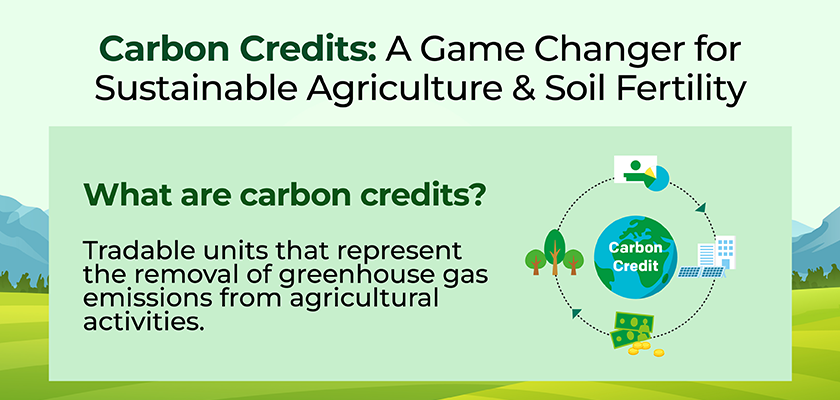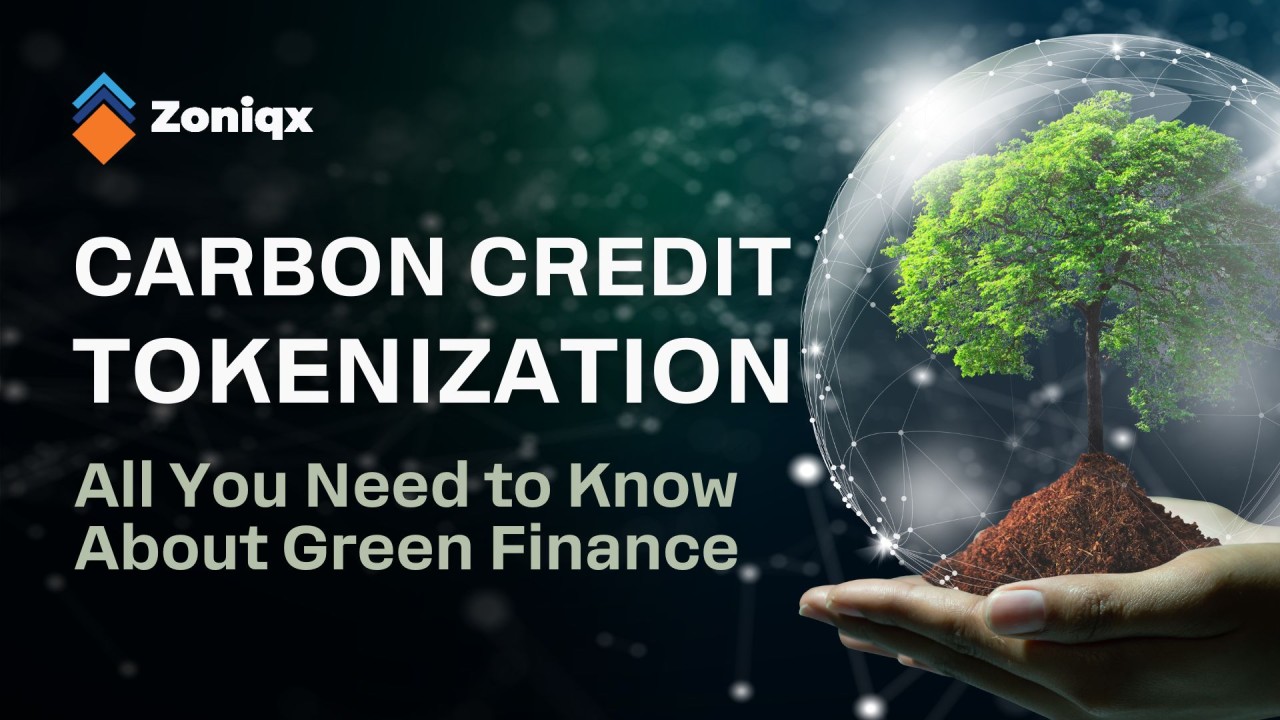Empowering You with Knowledge
Our Resources section is designed to provide valuable tools, guides, and insights to help you navigate the world of carbon credits, sustainability, and environmental conservation. Whether you’re a farmer, business owner, or sustainability enthusiast, we’ve got the information you need to succeed.
Guides and Toolkits

Farmer’s Guide to Carbon Credits
Learn how to register your land for carbon credits and earn an income while preserving your forest.
- Step-by-step registration process
- How carbon credits work
- Tips for managing forested land

Carbon Neutrality Handbook for Businesses
Practical steps to reduce your carbon footprint and achieve sustainability goals.
- How to measure your carbon footprint
- Strategies to lower emissions
- Benefits of investing in carbon credits

Community Sensitization Toolkit
Educational resources to raise awareness about climate change and conservation in your community.
- Climate change FAQs
- Simple conservation practices
- Templates for community workshops
Reports and Publications
Annual Impact Report
Discover the difference Green Bank Credit is making in East Africa. Highlights include:
- Total hectares of land registered
- Carbon credits traded
- Stories of lives transformed by sustainability initiatives
Carbon Market Trends 2025
Stay ahead of the curve with our in-depth analysis of global carbon markets, pricing trends, and opportunities for East Africa.
Read the Full Report →Sustainability Insights Series
Explore our series of articles and whitepapers on topics like AI in carbon credit verification, policy updates, and green project funding.
Browse Insights →Frequently Asked Questions
Have questions about carbon credits or sustainability? We've got you covered. Browse through our FAQ section below, where we answer some of the most common queries:
What are carbon credits, and how do they work?
Carbon credits are permits that allow the holder to emit a certain amount of carbon dioxide (CO2) or other greenhouse gases. Each credit typically represents one metric ton of CO2. They work by providing a financial incentive for reducing emissions, as businesses or governments can buy and sell these credits as part of their efforts to meet environmental targets.
How can farmers benefit from carbon trading?
Farmers can participate in carbon trading by adopting practices that sequester carbon, such as no-till farming, reforestation, and agroforestry. By doing so, they can earn carbon credits that can be sold to businesses or governments seeking to offset their emissions. This provides a new source of income for farmers while contributing to sustainability.
What’s the process for businesses to offset their emissions?
Businesses offset their emissions by purchasing carbon credits from verified projects that reduce or sequester greenhouse gases, such as renewable energy projects, reforestation, or methane capture. The process typically involves calculating the company’s carbon footprint, determining how many credits are needed, and then purchasing them from reputable platforms.
Tools and Calculators
Carbon Footprint Calculator
Find out how much carbon your activities produce and explore ways to offset it through carbon credits.
Calculate Your Carbon Footprint →Land Carbon Potential Estimator
Estimate how much carbon your land can absorb annually and its potential value in the carbon market.
Try the Estimator →Sustainability Cost-Benefit Analysis Tool
Analyze the financial benefits of adopting sustainable practices for your business.
Access the Tool →Training Materials
Webinar Recordings
Access recordings of our popular webinars on topics like:
- Carbon credit trading for beginners
- How businesses can achieve carbon neutrality
Training Slides and Modules
Comprehensive slide decks and e-learning modules designed for farmers, businesses, and investors.
Download Training Materials →